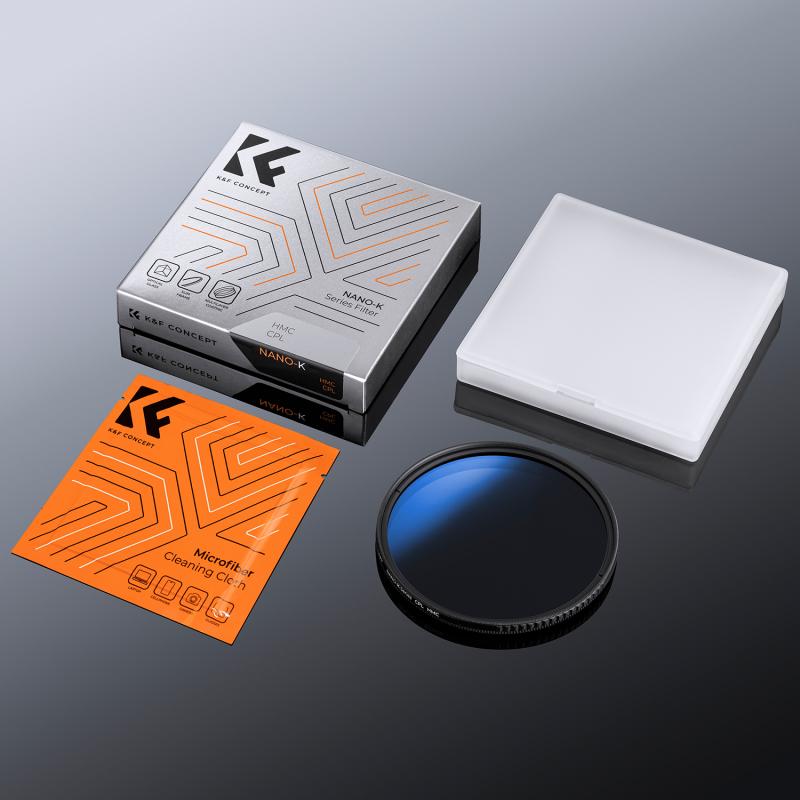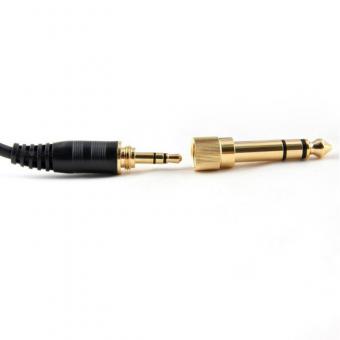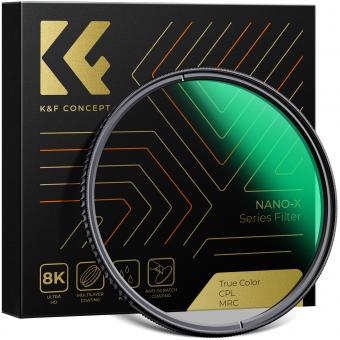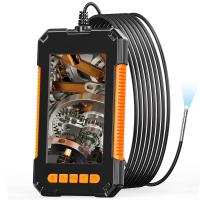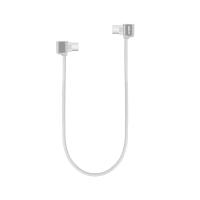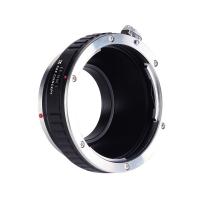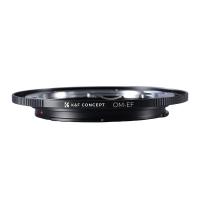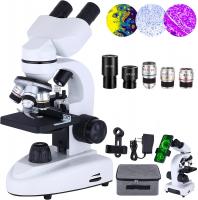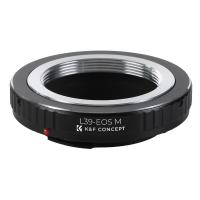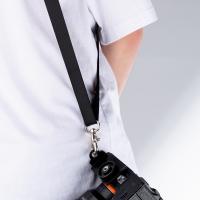How To Use A Nd Filter For Sunsets ?
To use an ND filter for sunsets, attach the filter to your camera lens. Adjust the strength of the filter based on the amount of light you want to block. This will allow you to use longer shutter speeds, resulting in smoother and more dramatic sunset photos. Experiment with different filter strengths and shutter speeds to achieve the desired effect.
1、 Understanding ND filters and their purpose in photography
Understanding ND filters and their purpose in photography
ND filters, or Neutral Density filters, are essential tools for photographers looking to capture stunning sunsets. These filters are designed to reduce the amount of light entering the camera without affecting the color or quality of the image. By doing so, they allow photographers to achieve longer exposure times, resulting in beautiful, dreamy effects and capturing the vibrant colors of a sunset.
To use an ND filter for sunsets, follow these steps:
1. Choose the right ND filter: ND filters come in different strengths, indicated by their filter factor or stops. For sunsets, a filter with a filter factor of 2-4 stops is usually sufficient. Experiment with different strengths to achieve the desired effect.
2. Attach the filter: Screw the ND filter onto the front of your camera lens or use a filter holder system if you have one. Ensure it is securely attached to avoid any light leaks.
3. Adjust camera settings: With the ND filter in place, you will need to compensate for the reduced light. Start by setting your camera to aperture priority mode or manual mode. Adjust the aperture, ISO, and shutter speed to achieve the desired exposure.
4. Compose your shot: Frame your sunset scene and consider using a tripod to keep the camera steady during the longer exposure.
5. Capture the image: Press the shutter button and let the camera capture the sunset scene with the ND filter. Experiment with different exposure times to achieve the desired effect, such as capturing the movement of clouds or creating a silky smooth effect on water.
Remember, the key to using an ND filter for sunsets is to experiment and practice. Each sunset scene is unique, and the desired effect may vary depending on the lighting conditions and your creative vision. Keep exploring and refining your technique to capture breathtaking sunset images.
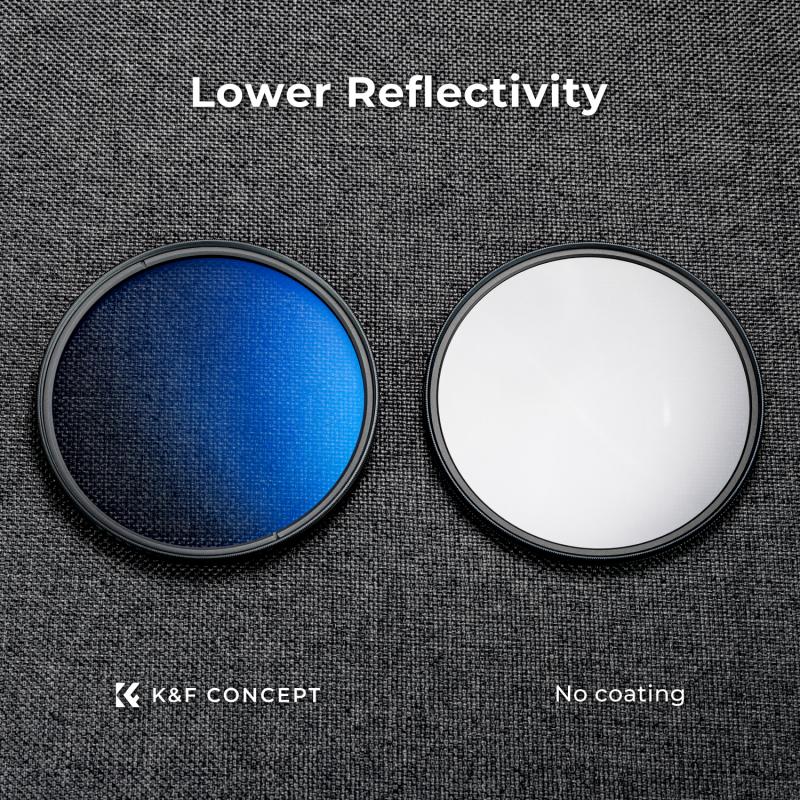
2、 Choosing the right ND filter strength for capturing sunsets
Choosing the right ND filter strength for capturing sunsets
Capturing stunning sunsets can be a challenging task, especially when dealing with the bright and intense light conditions. This is where ND (Neutral Density) filters come into play. These filters help to reduce the amount of light entering the camera, allowing you to achieve longer exposure times and capture the beautiful colors and details of a sunset. Here's how to use an ND filter for sunsets:
1. Determine the filter strength: ND filters come in various strengths, usually measured in stops. The strength you choose depends on the intensity of the light and the effect you want to achieve. For sunsets, a common choice is an ND filter with a strength of around 2-4 stops.
2. Attach the filter: Once you have chosen the appropriate ND filter strength, attach it to your camera lens. Make sure it is securely fastened to avoid any light leaks.
3. Adjust your camera settings: With the ND filter in place, you will need to compensate for the reduced light. Start by setting your camera to manual mode and select a low ISO setting. Then, adjust your aperture and shutter speed accordingly to achieve the desired exposure.
4. Experiment with long exposures: One of the main advantages of using an ND filter for sunsets is the ability to capture long exposures. This can create a beautiful motion blur effect with the moving clouds or water. Start with longer exposure times, such as 10-30 seconds, and adjust as needed.
5. Use a tripod: To avoid camera shake during long exposures, it is essential to use a sturdy tripod. This will help you achieve sharp and well-defined images.
Remember, photography is an art, and there are no strict rules. Feel free to experiment with different ND filter strengths and exposure settings to achieve the desired effect. Keep in mind that the latest point of view in photography often emphasizes creativity and personal style, so don't be afraid to explore and push the boundaries of traditional techniques.
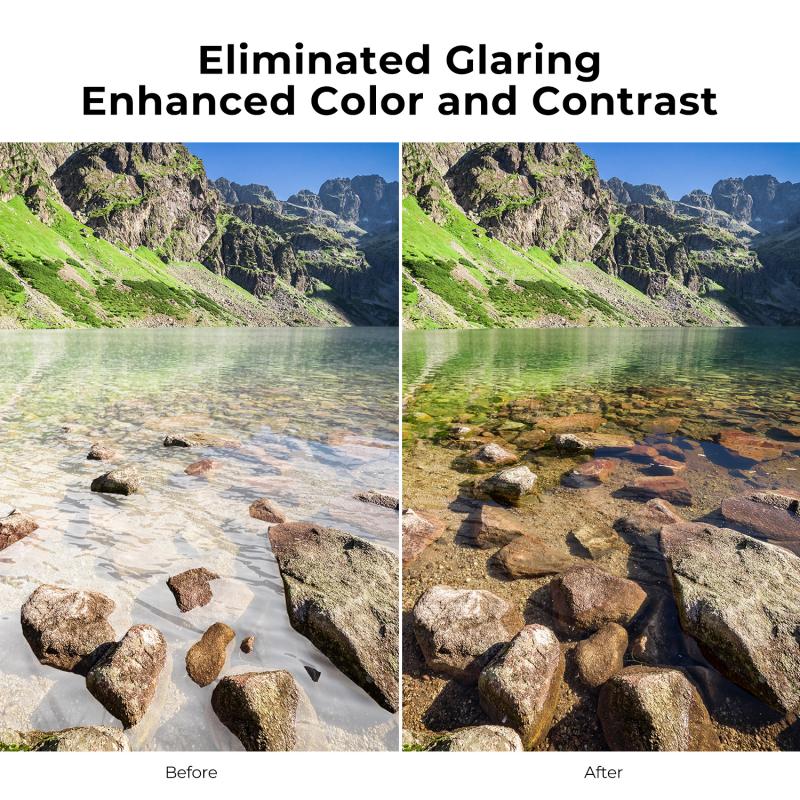
3、 Properly attaching and adjusting the ND filter on your camera
Properly attaching and adjusting the ND filter on your camera is essential for capturing stunning sunsets. ND filters, or neutral density filters, are designed to reduce the amount of light entering the camera lens, allowing you to use longer shutter speeds and achieve beautiful effects like motion blur or smooth water.
To use an ND filter for sunsets, follow these steps:
1. Choose the right ND filter: ND filters come in different strengths, usually measured in stops. For sunsets, a 2- or 3-stop ND filter is often sufficient to balance the exposure and capture the vibrant colors of the sky.
2. Attach the filter: Carefully screw the ND filter onto the front of your camera lens. Ensure it is securely attached to prevent any light leakage.
3. Adjust the camera settings: Set your camera to manual mode and adjust the aperture and ISO to achieve the desired exposure. With the ND filter in place, you will need to use longer shutter speeds to compensate for the reduced light.
4. Use a tripod: As longer shutter speeds are necessary, it is crucial to stabilize your camera on a tripod to avoid any camera shake or blurriness in the image.
5. Compose your shot: Frame your sunset scene, considering the foreground and background elements to create a visually appealing composition.
6. Experiment with different shutter speeds: Start with longer exposures, such as 10-30 seconds, and adjust as needed to capture the desired effect. Longer exposures can create a dreamy, ethereal look, while shorter ones can freeze motion.
Remember, photography is an art, and there are no strict rules. Feel free to experiment with different ND filters, compositions, and settings to achieve your desired sunset image. Keep in mind that the latest point of view in photography often emphasizes creativity and personal expression, so don't be afraid to think outside the box and capture unique and captivating sunset shots.
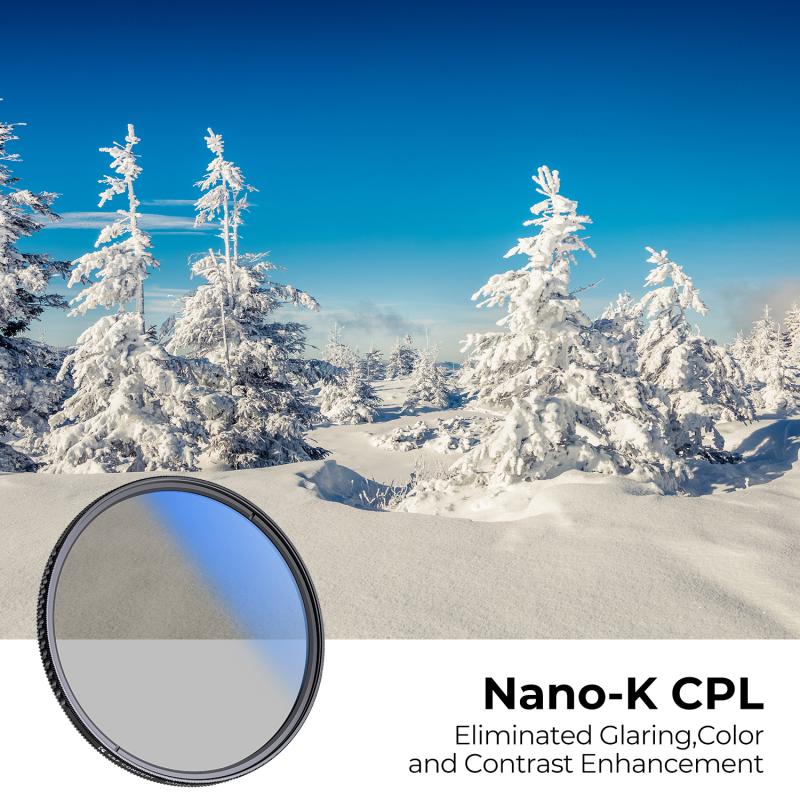
4、 Adjusting camera settings to achieve desired sunset effects with ND filter
Adjusting camera settings to achieve desired sunset effects with an ND filter is a great way to enhance your sunset photography. ND filters, or neutral density filters, are designed to reduce the amount of light entering the camera without affecting the color balance. This allows you to use longer shutter speeds or wider apertures, resulting in stunning sunset images with smooth water, blurred clouds, and vibrant colors.
To use an ND filter for sunsets, follow these steps:
1. Choose the right ND filter: ND filters come in different strengths, usually measured in stops. For sunsets, a 2- or 3-stop ND filter is a good starting point. This will reduce the amount of light entering the camera without making the scene too dark.
2. Set up your camera on a tripod: To capture the best sunset shots, it's important to keep your camera steady. Mount it on a tripod to avoid any camera shake.
3. Compose your shot: Find an interesting foreground element and frame your shot accordingly. Consider using the rule of thirds to create a balanced composition.
4. Set your camera to manual mode: This will give you full control over the exposure settings. Start by setting a low ISO value, such as ISO 100, to minimize noise.
5. Adjust the aperture and shutter speed: With the ND filter attached, you'll need to compensate for the reduced light. Start by setting a wider aperture, such as f/8 or f/11, to let in more light. Then, adjust the shutter speed to achieve the desired effect. A longer shutter speed will create a smoother water effect, while a shorter one will freeze motion.
6. Take test shots and make adjustments: Experiment with different settings to achieve the desired effect. Review your images and make any necessary adjustments to the aperture, shutter speed, or ND filter strength.
Remember, photography is subjective, and there is no right or wrong way to capture a sunset. Use the ND filter as a tool to enhance your creativity and capture the beauty of the moment.
